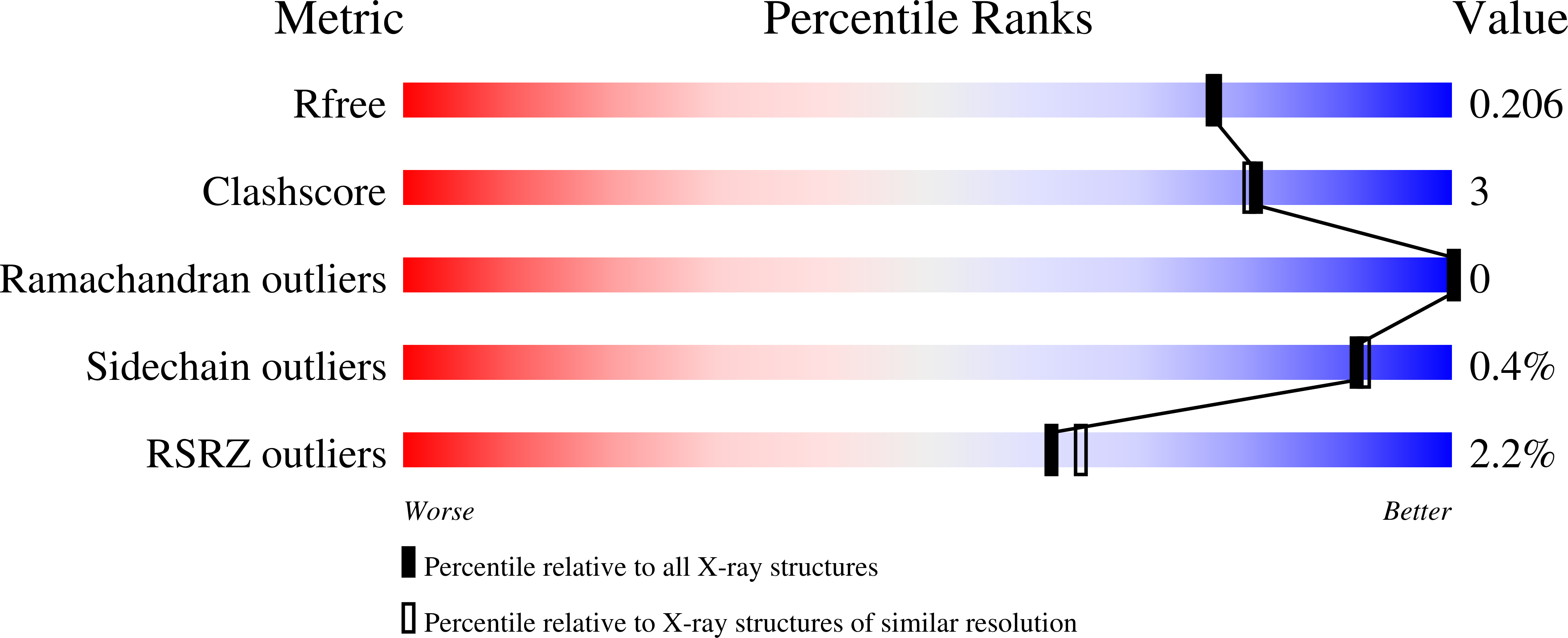
Deposition Date
2022-12-27
Release Date
2023-07-12
Last Version Date
2024-10-16
Entry Detail
PDB ID:
8FN8
Keywords:
Title:
Crystal structure of the C-terminal Fg domain of TNC with the single FN domain of PTPRZ
Biological Source:
Source Organism:
Homo sapiens (Taxon ID: 9606)
Host Organism:
Method Details:
Experimental Method:
Resolution:
1.89 Å
R-Value Free:
0.20
R-Value Work:
0.16
R-Value Observed:
0.16
Space Group:
P 21 21 21


